
This project has received funding from the European Union’s Horizon 2020 research and innovation programme under grant agreement No. 101022585.

This project has received funding from the European Union’s Horizon 2020 research and innovation programme under grant agreement No. 101022585.
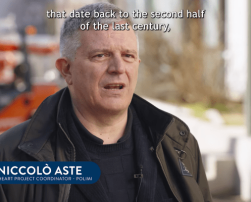
HEART project has received funding from the European Union’s Horizon 2020 research and innovation programme under grant agreement No. 768921.
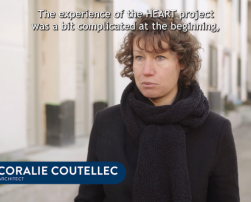
HEART project has received funding from the European Union’s Horizon 2020 research and innovation programme under grant agreement No. 768921.

This project has received funding from the European Union’s Horizon 2020 research and innovation programme under grant agreement No. 776708.
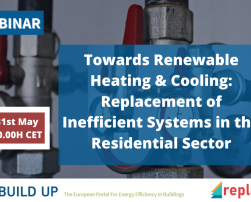
This online event took place the 31st May 2022 from 10.00H to 12.00H CET. Watch it here.
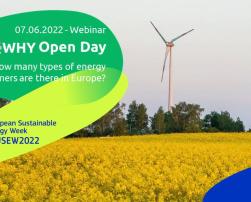
Workshop
2nd WHY Open Day: How many types of energy consumers are there in Europe?
7th of June 2022 10:00-12:30 am CET
Online Event
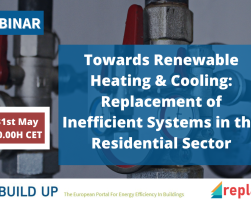
This online event will take place the 31st May 2022 from 10.00H to 12.00H CET. Register here.
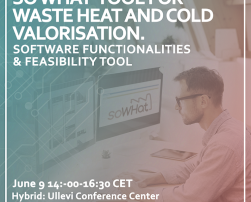
Workshop
So What tool for waste heat and cold valorisation. Software functionalities and feasibility tool. So What demo sites as case study.
9 June 2022 2:00 PM – 4:30 PM CEST
Online Event

Workshop
Intelligent Buildings supporting energy transition and EU Green Deal
31 may 2022 10:00 - 12:00 CET
Online Event
This project has received funding from the European Union’s Horizon 2020 research and innovation programme under grant agreement No. 101026318.